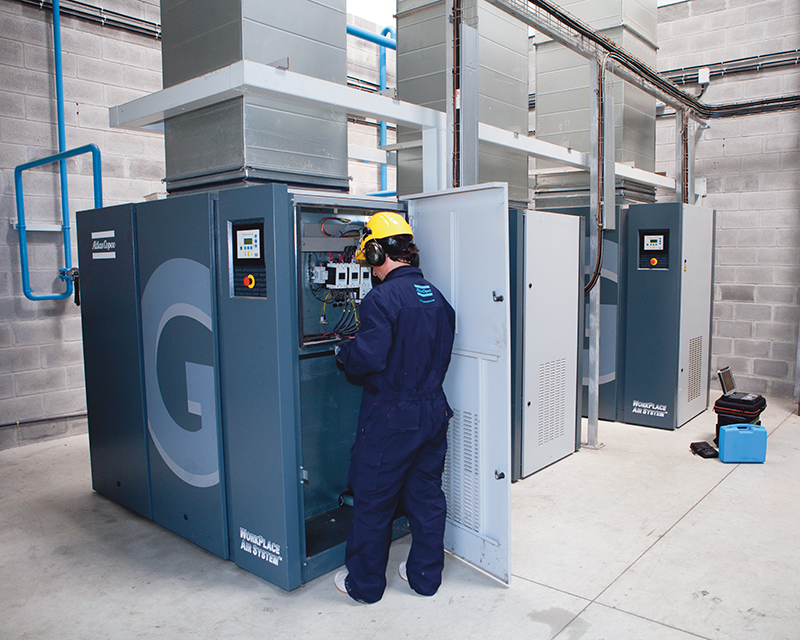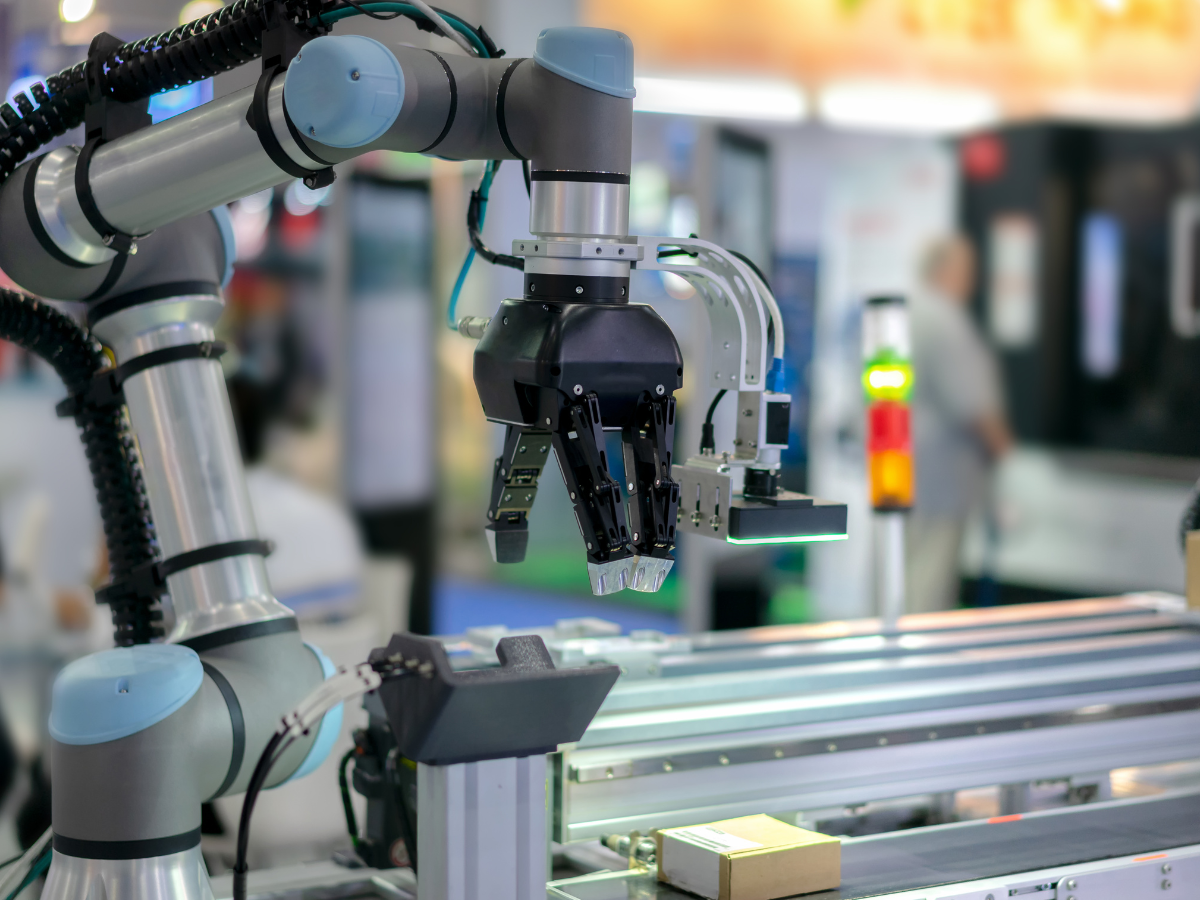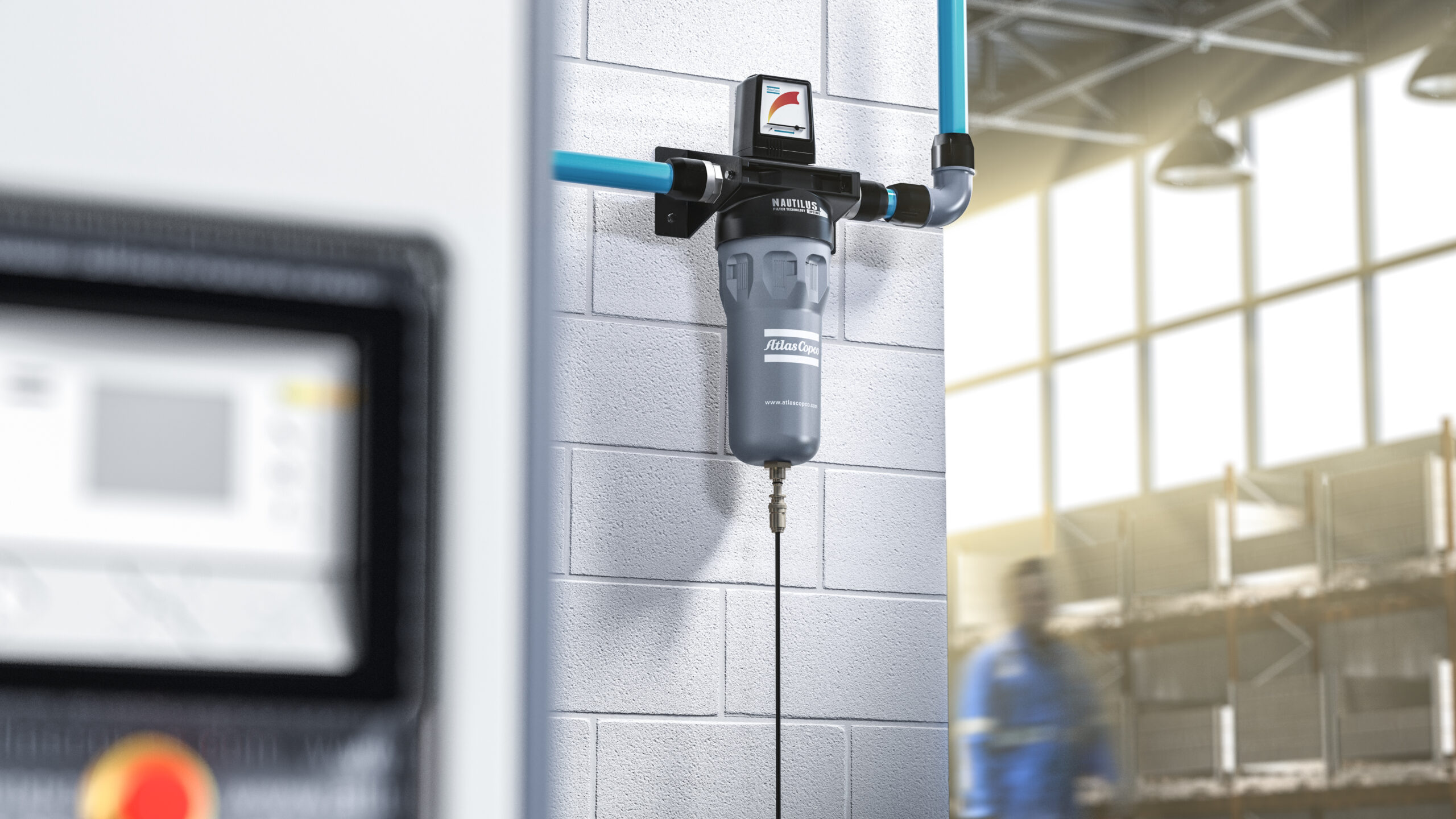Robotic welding equipment can maximize welding productivity and quality, but achieving those goals depends upon choosing the right robotic welding system for your operation. Careful selection will depend upon a variety of factors such as the weld type, material compatibility and production targets. This blog will discuss the benefits of robotic welding, as well as how to choose the robotic welding equipment that best suits your welding requirements.
Why Choose Robotic Welding?
Robotic welding systems automate the welding process and use a specially equipped robotic arm or collaborative robot to move the torch along the joint to weld pieces together. Robotic welders, which are often employed in operations where high production rates are required, can be designed for different weld types, including spot welding or arc welding.
The use of robotic welding equipment offers a few distinct advantages when compared to a manual welding process, including:
Increased productivity and throughput
As with any automated process, the speed at which a robotic welder operates allows welds to be performed faster, more efficiently and with fewer errors than manual welding. Robotic welding equipment produces more welds than human welders. As a matter of fact, human welding operations provide less than 50% arc-on time (and that number decreases the longer the welders are working), while robotic welding can offer between 75% and 95% arc-on time.
Minimized waste
The efficiency of automated welding systems not only increases the speed at which welds are performed, but it also allows them to use consumables, such as TIG welding filler material, more effectively, reducing the amount of waste and capital spent on fillers and other consumables. In addition, by reducing errors associated with human welding, robotic welding also eliminates a significant amount of scrap and materials consumed by re-work.
Higher quality welds
Because robotic welding equipment is programmed to maintain constant weld speeds, current and other welding parameters, automated welding systems offer consistently high-quality welds with fewer errors. Additionally, robotic welders do not become fatigued as the shift wears on, further reducing errors and boosting quality.
What Types of Robotic Welding Equipment are Available?
As the use of robotic welding continues to grow, several types of robotic welders have become available to meet the needs of various welding operations, including spot welding robots, collaborative welding robots, robotic TIG welding, robotic MIG welding, robotic laser welding and robotic plasma welding.
Among these, robotic TIG welding and robotic MIG welding for arc welding processes are most commonly used in industry and fabrication shops, but it’s important to understand the difference between the two, as follows:
Robotic TIG welding is often used when welding thin parts and where the aesthetics and precision of the welds or placement of the arc are crucial specifications of the project. Robotic TIG welding uses non-consumable tungsten along with an inert gas to weld two pieces of metal together. The tungsten electrode provides the electricity for the welding process. TIG welding filler materials include mild steel, stainless steel, aluminum alloys, nickel alloys, cobalt-based alloys, copper-nickel alloys and magnesium. Robotic TIG welding is the go-to choice when a clean, precise weld is required.
Robotic MIG welding is the preference when high productivity is the goal of the welding operation. Robotic MIG welding combines two pieces of metal together with a consumable wire connected to an electrode current. The MIG welding wire material (such as mild steel or aluminum) passes through the welding gun along with the gas, which protects the electrode from contaminants. Robotic MIG welding is a faster process, but does not produce a “clean” aesthetically pleasing weld.
4 Considerations When Selecting Robotic Welding Equipment
Robotic welding equipment is a smart investment for welding operations that want to maximize productivity and weld quality while minimizing waste and costs; however, several factors should be considered to ensure that the most suitable robotic welder is selected.
Here are four important factors to think about before purchasing robotic welding equipment:
- Material Type and Weld Specifications: When choosing robotic welding equipment, the first consideration is the type of material being welded as different materials have different properties and the welding process can vary depending on the type of material being welded. Also, weld process specifications are important. For example, do you require a clean weld or high throughput, what thickness is specified? The selected robotic welder must be able to provide the weld type, speed and thickness demanded by the process.
- Weld Type: Because there are different welding processes, including spot, TIG and MIG welding, there are different automated welding systems available. Each of these weld types has advantages and disadvantages and the best process for an application will depend upon material type, thickness and weld strength. For example, robotic MIG welding is best used for welding thin materials and produces a fast, efficient weld in high-volume applications on materials such as sheet metal. Robotic TIG welding is better suited for thick materials and precise welds on materials such as stainless steel and aluminum.
- Production goals: High-volume welding operations will require a different type of robotic welder than small-volume operations. Also consider whether versatility for different materials or weld specifications is needed.
- Cost: For very high-volume welding operations, the efficiency and increased productivity are likely to provide a fast return on investment for robotic welding equipment with many features. In lower-volume operations that demand more versatility, it may make more financial sense to combine a robotic welding system or semi-automated welding system with fewer features with manual welding to meet the requirements of the applications at a lower initial cost.
Taking these factors into consideration will help ensure that the selected robotic welding system will optimize the welding operation and provide the anticipated productivity and quality boost, while trimming costs and reducing waste. For more information, contact the experts at HTE technologies, a Tavoron company.


